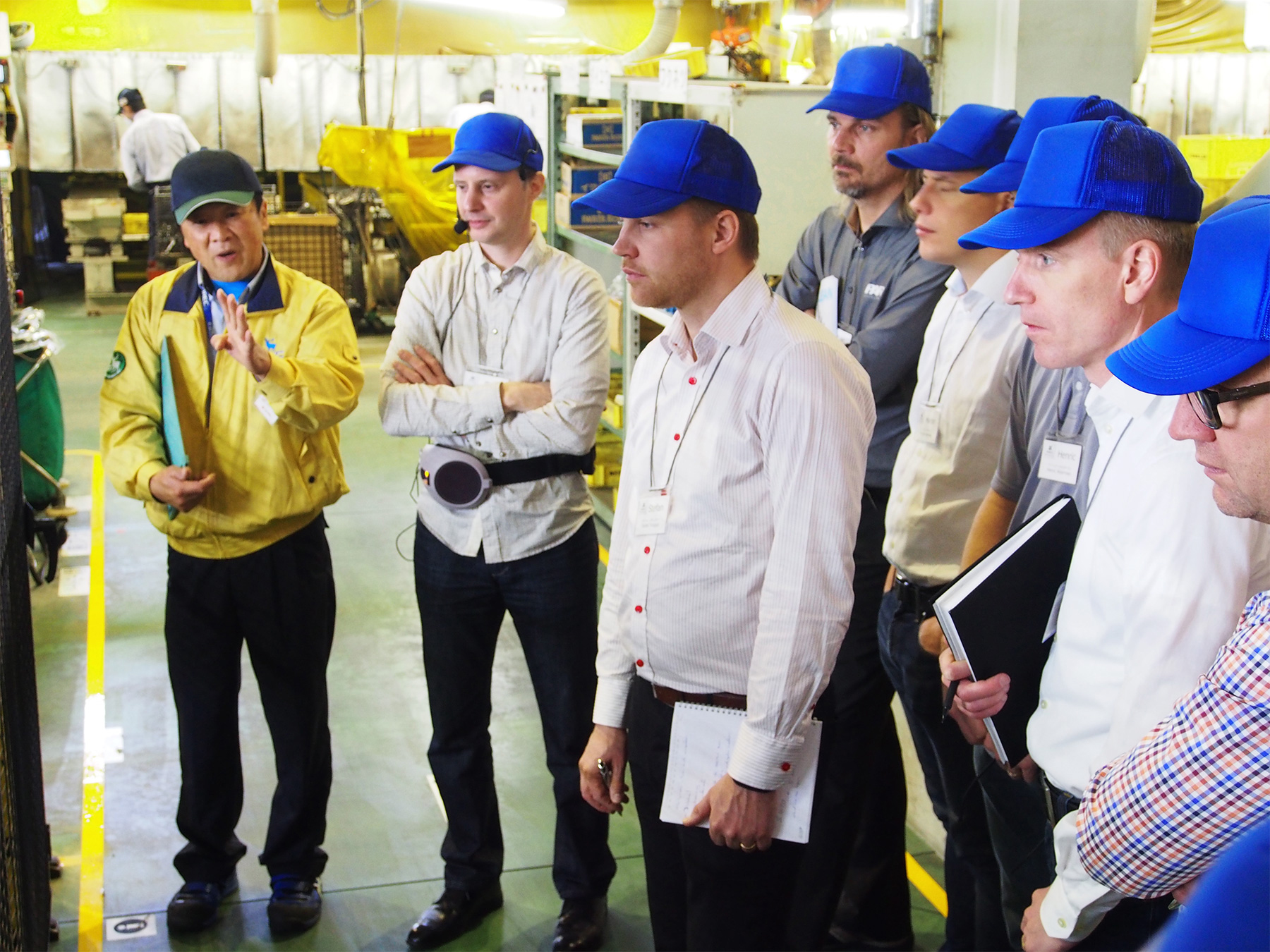How to create a psychologically safe environment that facilitates a culture of continuous improvement in your business

What is psychological safety? This is about team engagement – the idea of encouraging people to get involved in continuous improvement.
In simplest terms, you want to feel psychologically safe as a member of your team
You want to feel at ease with admitting a mistake. That it’s ok to point out mistakes made by other team members. You want to be able to speak about work-related matters without censoring yourself. Ultimately, you want to feel safe trying new things. As a leader, it is critical you create this environment for your people.
In psychologically safe teams, team members feel accepted and respected
So there are risks when doing this. It’s common to find building this kind of culture hard, particularly for new leaders. And how do you create a psychologically safe environment where you can manage upwards to the person above you?
Consider how you will do this when you have a very strong team member who seems to dominate all conversations while everybody else sits back! This is a challenging environment for a leader to manage.
As a leader, you need to feel psychologically safe yourself. You need to promote the ability to be able to speak up one or two levels above yourself.
How do we create a psychologically safe environment?
How are you going to create a team environment where people feel accepted and respected? Where diversity of thought is a respected thing? Diversity of ideas, even things that you might initially dismiss because of your years of experience, but might be important for your team to have a go at? How are you going to personally take a risk?
Now, that’s not taking a risk with your physical safety. This is risk-taking on a social level. Picture someone coming up with an idea that involves changing a process. There are other people in the group who say “We tried that back in 2015! It never worked then, why is it going to work now?”
As a leader, you need to facilitate discussion. Your response might be something like “Well, maybe we should see what happens. I mean, what have we got to lose? We’re not getting the improvement we need doing the same thing day in day out. Could we revisit that idea or that concept? What do you think? Or is there a better way to do it?”
Allow people to take a risk and explore their ideas
This is how you want your team to feel at work. To be without fear of negative consequences- even when a mistake is made- is your aim. Your people need to feel like they’re accepted by the team. You’ll generate a lot more conversation. But it doesn’t mean all conversations are going to be easy.
Toyota leads by example
In organisations like Toyota, where there is mass manufacturing, people are encouraged to actually pull their Andon cord and stop the line when they spot a problem. One worker can potentially stop an entire production line that has 3000 people working in it! Toyota has created an environment where its people are free of fear. They can be more creative in their problem-solving. Teamwork isn’t stifled.
It’s a big ask. It’s a huge ask! But if a company is big as Toyota can do it, within your company with smaller teams, you can create that environment too.
It comes down to you as a leader actually letting go of fear yourself. Just not being completely in control of the situation, as the team works together to find better ways of doing things.
I want to just say here, let’s not pity fools, though, okay?
Don’t let anybody ever try and pull the wool over your eyes. Being psychologically safe is not about just being nice all the time and it’s not a license for people to whine!
Do you know that team member who seems to be in a negative spiral all the time? The constant voicing of “That’ll never work, why are we bothering? I don’t like this person. That team upstairs never do the job properly- so why should I bother?”
As a leader, you need to take that person aside, spend your time with them and try to understand what’s going on. Ask them why they talk like that. What do they think? They probably have some good ideas, and they haven’t been listened to.
Being psychologically safe is not oversharing
Let’s all keep it professional, too. Let’s stay focused on our work. That’s what we’re here to do. Being in a safe environment does not mean we need to overshare or become particularly friendly. That is just not how everyone feels about work.
Being psychologically safe is not a to-do list for your manager
All too often, particularly as leaders, we feel this burden.We feel that if we ask people to come up with ideas, we’re going to get a to-do list. You need to switch that thinking.
People need to own their ideas. You’re going to delegate them back into the team. When you’re leading a team, you don’t have time to implement all the improvements. You need to delegate those ideas back out. Now you have a whole team of problem solvers.
It’s certainly not a guarantee that all your ideas are going to get applauded
To be honest, some ideas are not going to fly. Some ideas are just plain silly when it comes to improvement. But you can treat people respectfully when you have to close off an unfeasible idea. You can give them proper feedback. That’s a respectable way to approach it.
Conflict is not to be avoided at all costs
It’s important to have those robust conversations. Be respectful, and seek to understand other points of view. Yes, it feels awkward, and we don’t like it. We naturally move away from discomfort. But it’s important to get these issues off our chest. To put energy into having a constructive discussion with conflicting views. This way we can come to an agreement on what we’re going to do.
Continuous improvement and Lean – a journey – not a destination
Creating a psychologically safe environment doesn’t mean people get permission to slack off. We’re all here to do a good job. We’re all here to work hard as a team. We are working together to create a great team environment for the benefit of our customers. Happy customers and happy teams equals business sustainability.
Don’t take your foot off the pedal.
Reach out if you want to know more about how to create a culture of continuous environment in your workplace.
Check out our Capability Training options
or
Book a discussion to find out how we can help your business.
Respect,
Daniel.
Subscribe for updates
We provide free updates and advice regularly to help you improve your business and leadership skills, and for exclusive content there is a paid subscription too!
Follow us on YouTube
Our YouTube channel is a must for Leaders in business who want to empower their teams and improve their processes. You'll find plenty of our current thinking there
Build your Capability with our Members Program

We do consulting differently, in that we believe in building your capability to improve - we want to provide you with the secrets to success, not keep it all to ourselves! Our exclusive Member Program coaches you to be a great Leader, to empower your people to drive improvement, and identify large gains in employee engagement, quality and performance.
Talk to a consultant
We love to have a chat. We also like to make sure we have time just for you. You can book a chat and we can discuss your continuous improvement journey. We are happy to provide as much obligation-free advice as we can during the call, including what would be the recommended next steps for you to take.

